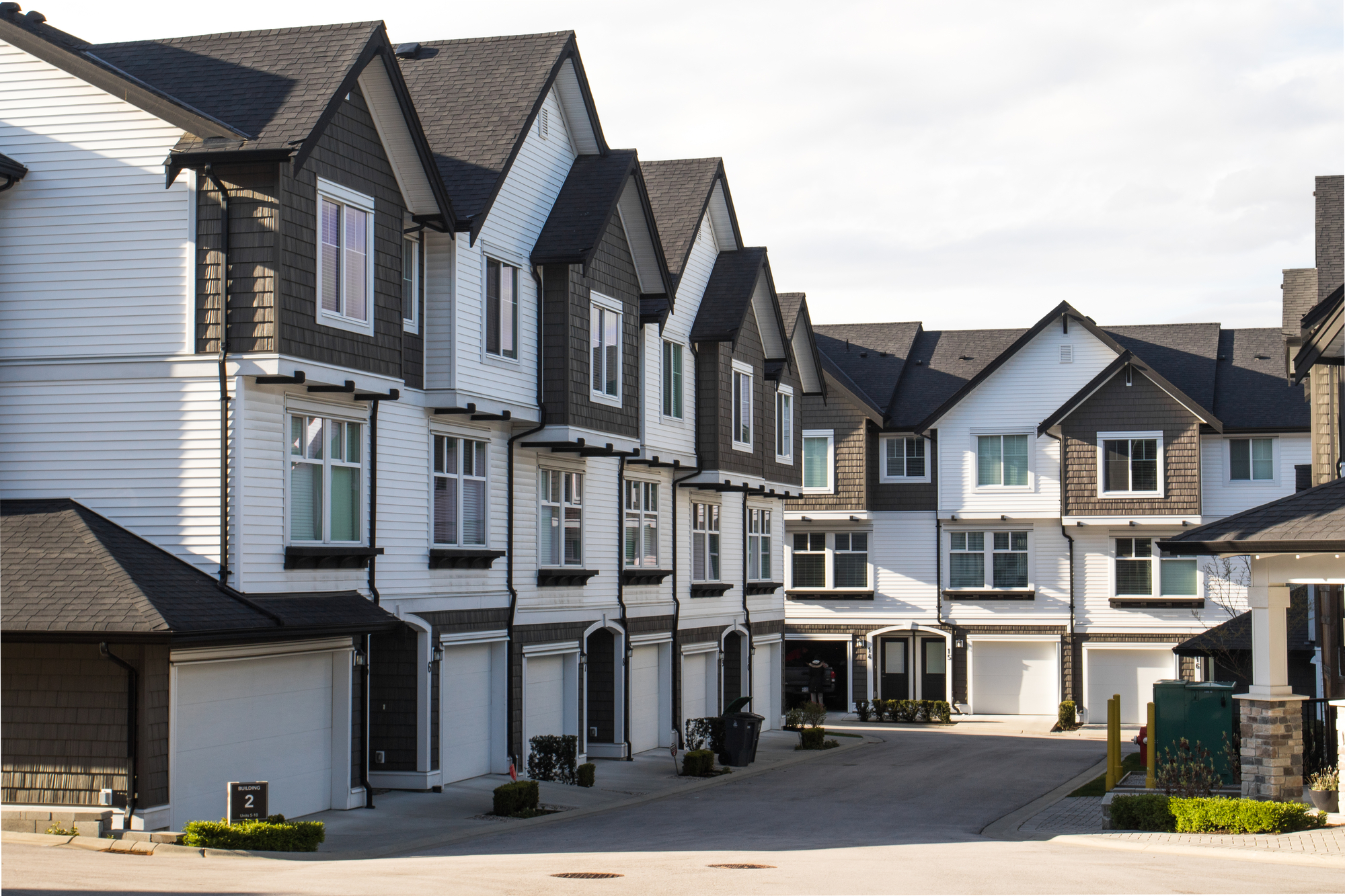Housing affordability remains a pressing issue in the Toronto area and it’s time to revisit , said panellists at a Toronto Regional Real Estate Board (TRREB) conference this week.
“Toronto is growing by 150,000 every year, and that new population is being forced on a very little part of the urban area (because) of the strictness of zoning regulations, which determine where new housing could occur,” said Joe Berridge, partner at Urban Strategies Inc. “There’s only new housing opportunity in a very small part of the city.”

Urban Strategies partners Berridge and Michel Trocmé participated in TRREB’s market outlook webinar on Monday and discussed novel ways that missing middle housing—which is defined as multiplexes, semi-detached, rowhomes, townhouses, and even laneway housing—can be developed in the GTA. But it will require a lot of outside-of-the-box box thinking, says Trocmé.
“Thinking about gentle missing middle intensification often requires creative site layouts,” he said, adding that Toronto could see more “sensitive infill on larger lots. We expect to see more of this form of independent suites in more generously lotted neighbourhoods.”
However, while Toronto’s notorious for its , simply tinkering with regulations could create hundreds of thousands of new housing units in the GTA that are seamlessly integrated into their neighbourhoods.
“What’s really necessary to make this happen is essentially a series of regulatory changes from the city, and potentially from the province,” said Berridge. “First of all, if we were to permit conversions of single-family houses for additional units everywhere, we would get probably about another 300,000 units added to the Toronto region’s housing stock, very quickly. That would make a major contribution to the affordability problem.”
Noting both that the City of Toronto has softened its stance on laneway housing and COVID-19 may have permanently altered brick and mortar retail units, Berridge says there’s an opportunity to build pragmatic, yet modern, housing. However, the city still treats anything that isn’t a single-family detached house as an apartment building, and Berridge says development fees and charges should accurately reflect the abode.
“If we carry on relaxing zoning restrictions on laneway housing and en garden suites, which to their credit, the city of Toronto is beginning to introduce in parts of the city, then again, we’d be able to add units to the urban area. We should allow four- to six-storey apartment buildings on all major streets, as of right, without the complexity of having to go through rezoning. These kinds of buildings can be done harmlessly to adjacent neighbourhoods and they also have the benefit of using, what I suspect to be, quite a lot of semi-vacant land as retail changes in the post-COVID world on those major streets.”
Neil Sharma is the Editor-In-Chief of Canadian Real Estate Wealth and Real Estate Professional. As a journalist, he has covered Canada’s housing market for the Toronto Star, Toronto Sun, National Post, and other publications, specializing in everything from market trends to mortgage and investment advice. He can be reached at neil@crewmedia.ca.









